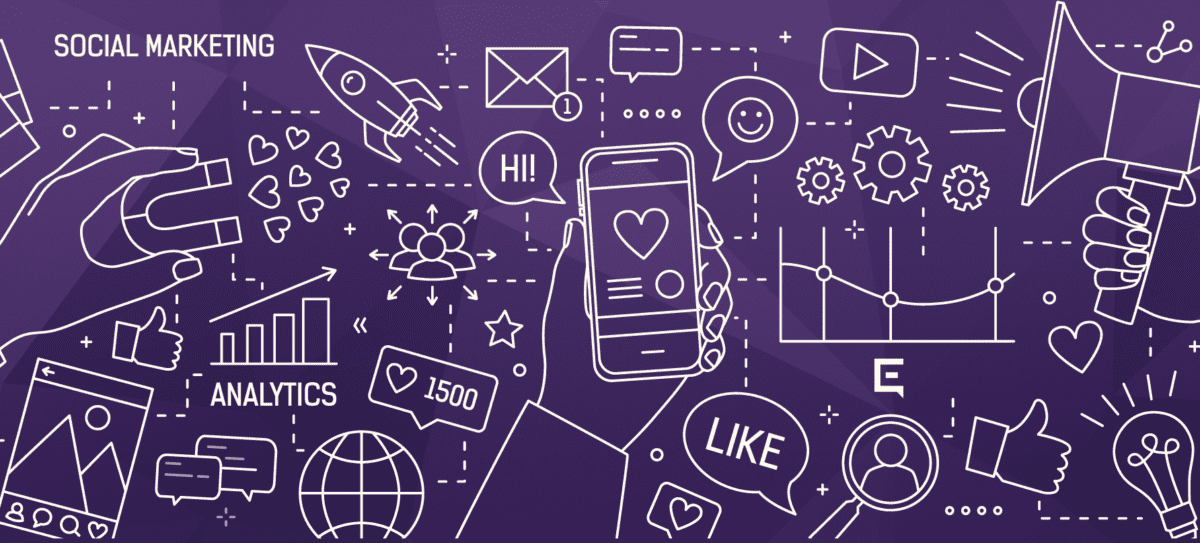Published: November 21, 2013
Are you still wasting money on content marketing and guessing how effective it is?
Fifty-eight percent of B2B and B2C strategists plan to increase their content marketing budget over the next 12 months, up from 54 percent last year. Yet, more than half of companies do not have a well thought out and documented content strategy, including success metrics. As a result, all the buzz about “content marketing” likely has your attention is your content providing the highest possible value to customers and business growth?
On top of content creation, the challenge for most companies is actually getting people to see the content. Not just see it, but get it to the right person, at the right place, at the right time. The savvy Chief Marketing Officer knows that effective content marketing will require multiple touches on a variety of channels, before your member or prospect is ready to even have a real sales conversation. And it will most likely be an in-person conversation that will lead to a purchase. Your content marketing strategy needs to be creating content for every stage, taking into account where your prospect is in the buying cycle.
Content Marketing and Sequencing

- The content funnel – If you’ve got lots of content to promote, this could be a great way to do it. Especially if your content is at least roughly mapped to purchase stages.
- The product tour – Use remarketing to get your the full product message across, one ad and one feature at a time. Again, it’s a logical progression that people opt into whenever they click.
- Upselling current customers – Target upgrades or cross-sales to people who already buy from you. Some businesses have fairly low-engagement relationships, so you need new ways to get people back to spend more with you.



